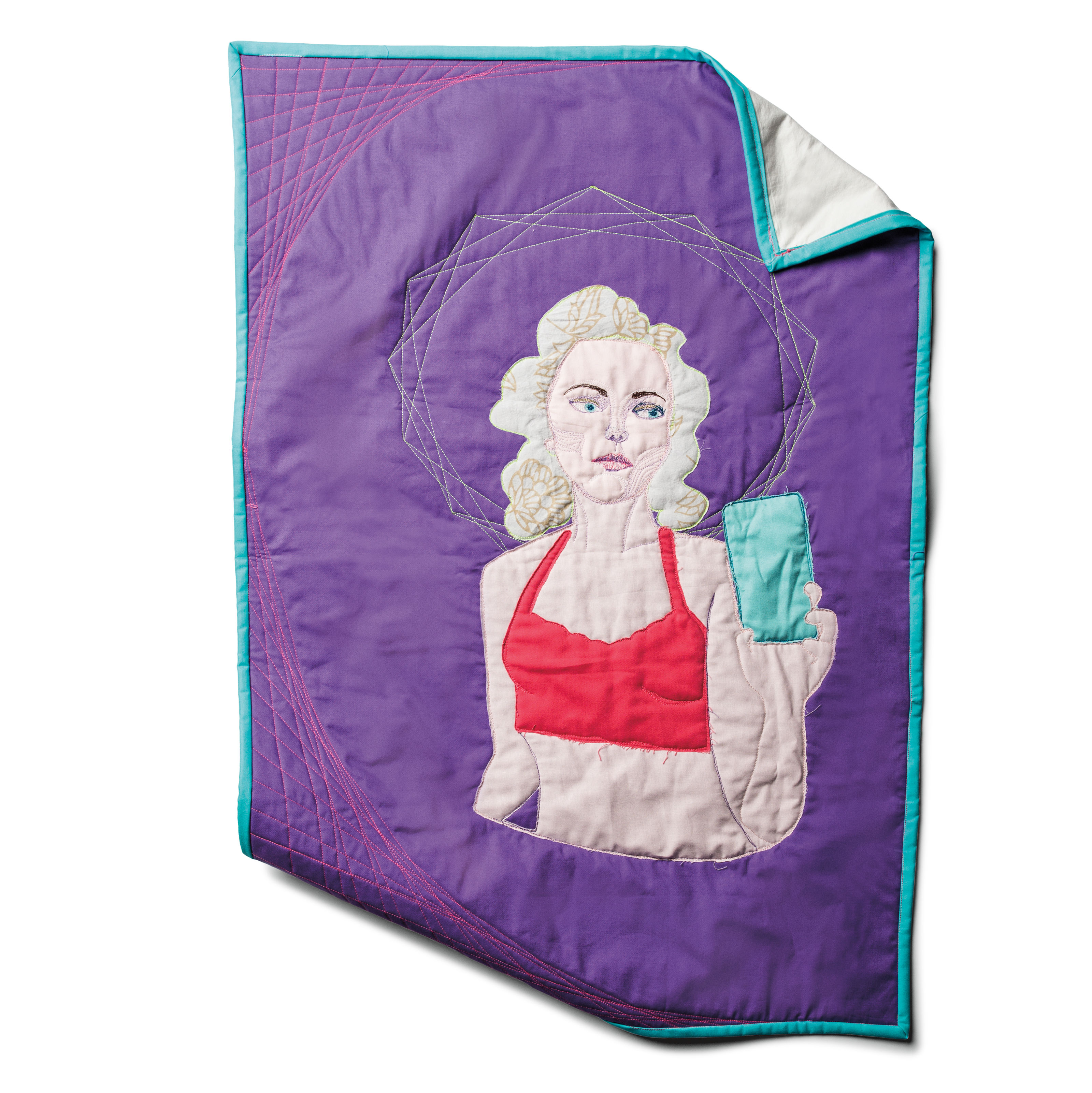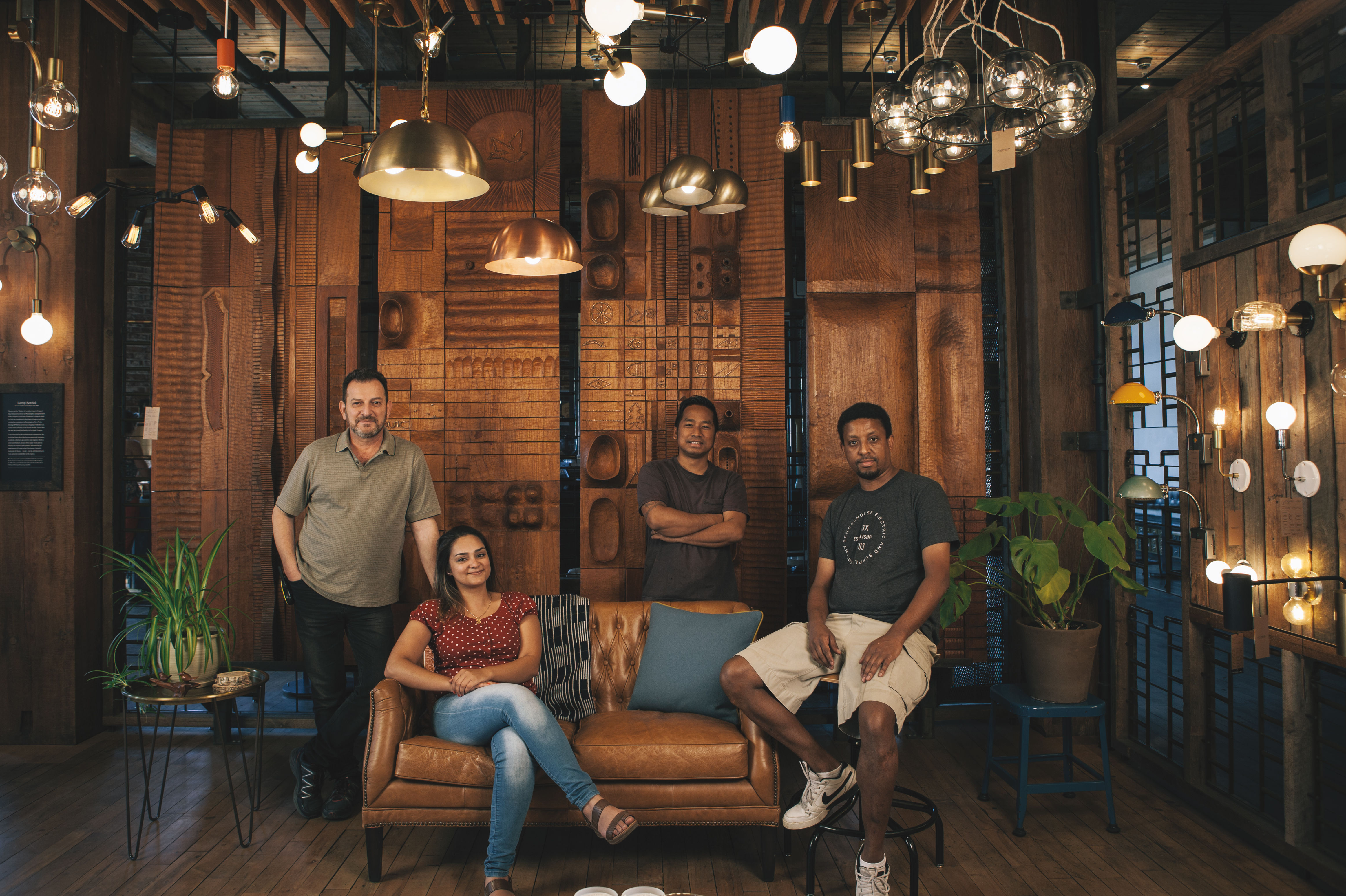Schoolhouse's Portland-Made Home Goods Are Getting a Bigger Spotlight
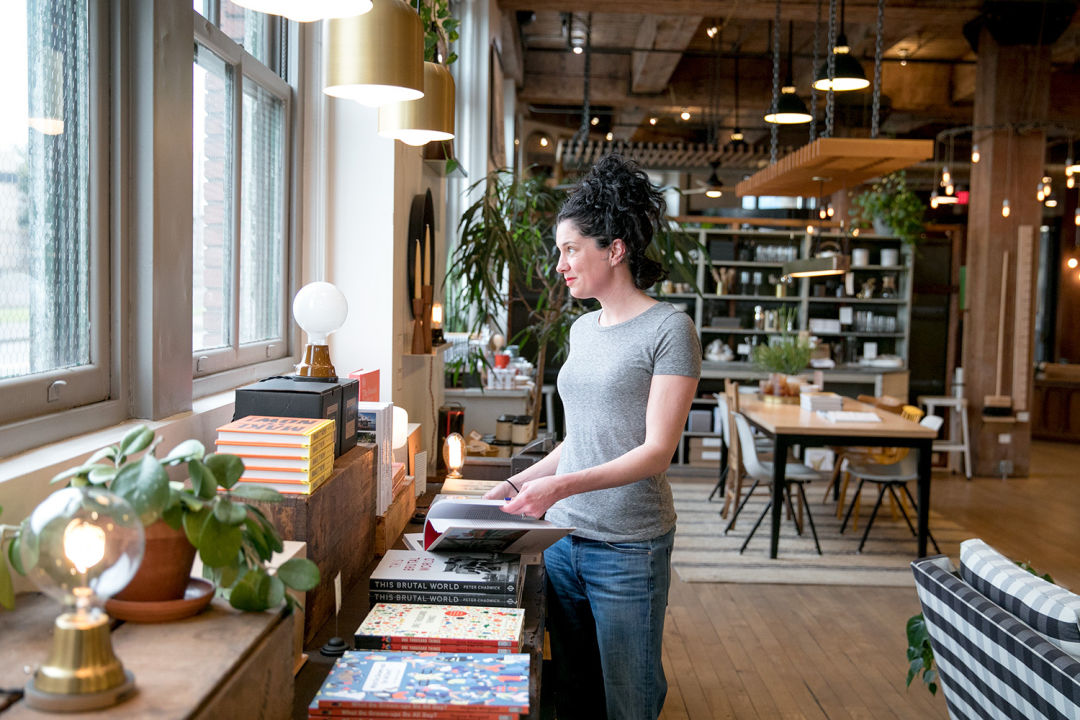
Sara Fritsch, the president of Schoolhouse, in the company's NW Portland headquarters.
Image: Courtesy of Schoolhouse
Over the years, interested buyers have come knocking on the door of the 100-year-old brick factory in industrial Northwest Portland that houses Schoolhouse, the home goods retailer that makes and sells a tastefully curated array of period lighting, wallpaper, clocks, textiles, kitchen items and more.
The company, which was founded in 2003 by then-real estate agent Brian Faherty, has always spurned its suitors—unlike its crosstown competitor Rejuvenation, which was acquired by Williams-Sonoma back in 2011, and SE Portland’s bespoke tilemaker Ann Sacks, which sold to the Kohler Co. in 1989.
That is, until this week, when for $48 million in cash and stock, Schoolhouse was acquired by NYC-based Food52, the collaborative recipe website turned stealth media juggernaut that has steadily expanded into instructional cooking videos, cookbooks, events, its own line of cookware and pantry staples, and now a growing presence in home goods.
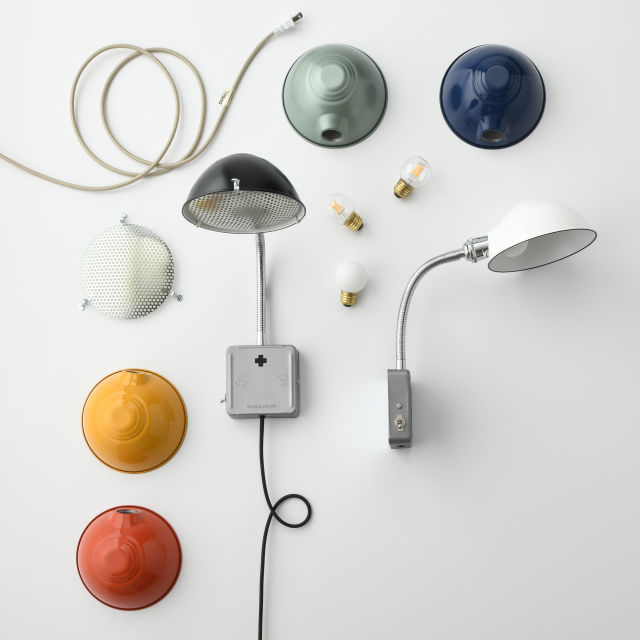
Some of Schoolhouse's signature light fixtures.
Image: Courtesy Schoolhouse
Amanda Hesser, the former New York Times reporter and cookbook editor who co-founded Food52, says she’s been a Schoolhouse fan and customer for years. (In her own home, among other pieces, she owns the company’s Bond lamp, of which she says: “When it turns on, the knob has heft to it. And you can really feel that weight, and feel the significance of the act that you’re doing, in deciding what level of light you want.”)
Schoolhouse fit, she says, with Food52’s overall mission to help its readers consider how they live in—and care for—their homes, both in the kitchen and out, a market that’s only ramped up in the last two years as everyone spends more time close to home. Besides Schoolhouse, they’ve also acquired Dansk, the Danish-inspired cookware brand, in a deal finalized last May; companies like these, with baked-in acumen on product development and manufacturing, can ultimately inform Food52’s in-house efforts to grab a larger share of that market from more household names, like Crate&Barrel.
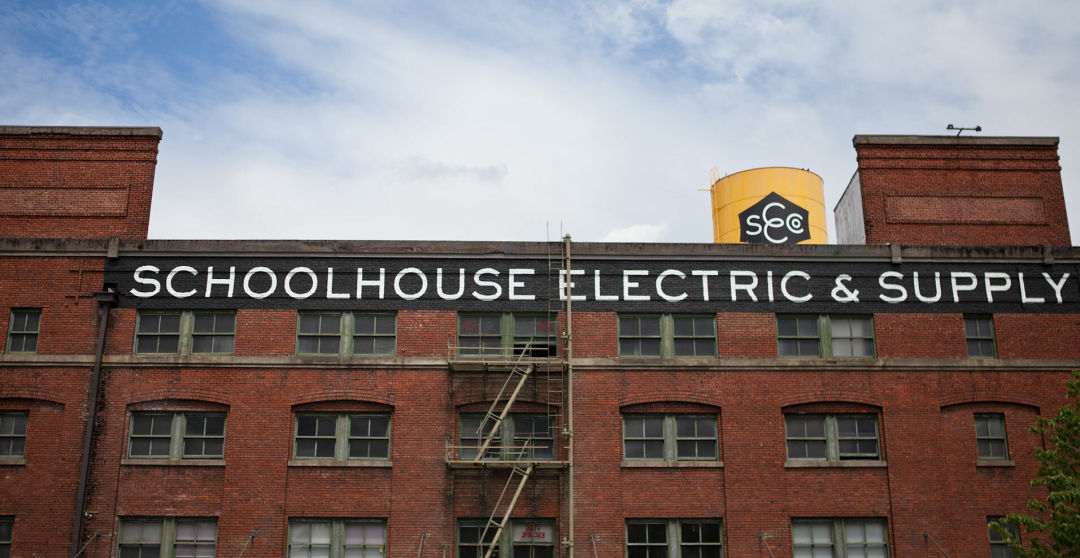
The exterior of the company's NW Portland factory.
Image: Courtesy of Schoolhouse
The key to saying yes to Food52, says Sara Fritsch, the president of Schoolhouse who arrived at the company six years ago, was the promise that Schoolhouse could continue to be Portland-based, and continue its focus on American-made products, nearly 90 percent of which are designed and assembled by its growing workforce in Oregon.
“This town right now, we're going through some things and I think I want to be part of those solutions,” Fritsch says. “Every day, I see a team of factory workers doing American manufacturing right here in my city and I know that that is a part of the solution, to have these jobs, and have them be meaningful jobs where we're making amazing products. The chance to have somebody invest in us and give us opportunity to scale strategically is just incredible.”
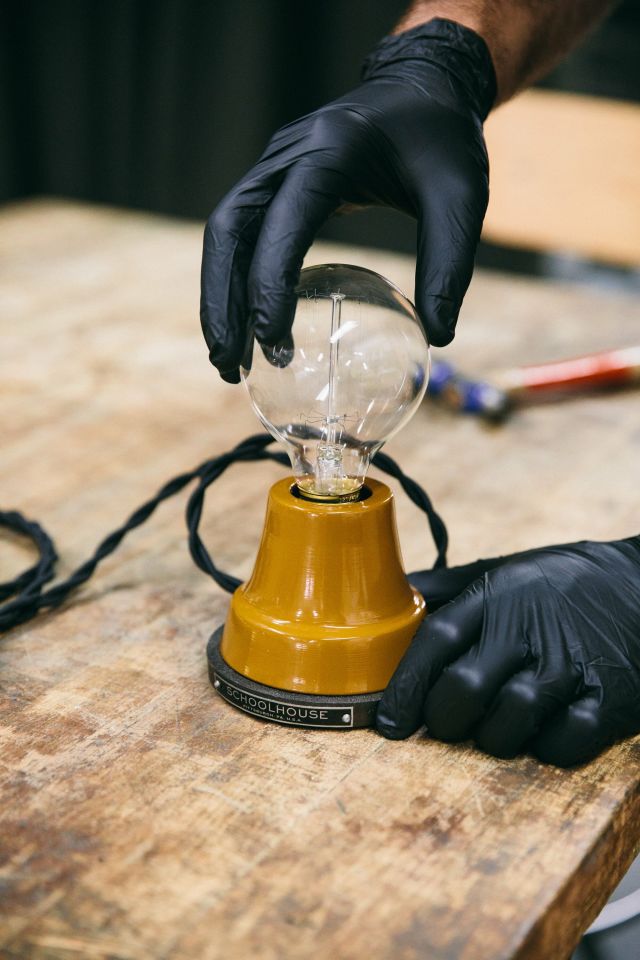
Making one of the company's lights, in Portland.
Image: Courtesy Schoolhouse
Strategically is the key word there. Schoolhouse’s retail storefronts, one in Portland and one in Pittsburgh, PA, have been shuttered since the start of the pandemic while e-commerce traffic has boomed; the goal now is to get back to bricks-and-mortar, when the time is right.
In the meantime, watch for select Schoolhouse products to be available via Home52, the online offshoot of Food52, and for Schoolhouse to get an infusion of capitol to help them both ramp up supply and support their in-house manufacturing, and to eventually expand their product range.
“We don’t want to have a million more lights,” Fritsch says. “But we have tried and true iconic lights that could find their way into a lot more homes.”



